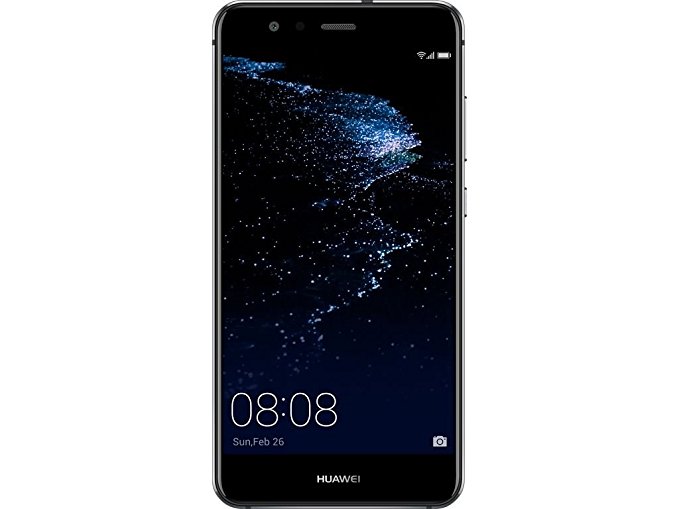Are you tired of straining your eyes while watching movies or giving presentations on your phone? Connecting your phone to a projector can elevate your viewing experience and make it easier to share content with a larger audience. In this comprehensive guide, we will walk you through the process of connecting your phone to a projector using a USB cable. Whether you have an iPhone or an Android phone, we’ve got you covered!
Prepare the Necessary Equipment
Before you embark on the journey of connecting your phone to a projector, it’s important to gather the necessary equipment. Here’s what you’ll need:
A USB Cable: Ensure that you have a compatible USB cable for your phone. Most modern projectors come with a USB port, but if you’re using an older model, consult the projector’s manual to confirm the availability of a USB port.
USB-C Adapter (If Required): If your phone has a USB-C port and the projector only has a standard USB port, you may need to use a USB-C adapter to establish the connection.
Connect Your Phone to the Projector
Now that you have the required equipment, it’s time to connect your phone to the projector. Follow these steps:
Locate the USB Port: Find the USB port on your projector. It is usually located on the side or back panel.
Connect the USB Cable: Take one end of the USB cable and plug it into the USB port on the projector. Then, connect the other end of the cable to your phone. If necessary, use a USB-C adapter to establish the connection.
Enable USB Debugging (For Android Phones): To share your phone’s screen with the projector, you may need to enable USB debugging on your Android phone. Go to your phone’s Settings, scroll down to the Developer Options menu, and ensure that USB debugging is enabled.
Connect to the Projector: With the USB cable connected between your phone and the projector, open your phone’s Notifications panel. Look for the “Connected to projector” option and select it.
Share Your Screen: Once your phone is successfully connected to the projector, you can start sharing your screen. Open the app or content you want to display, and select the “Share” option. Choose the projector as the output device, and voila! Your phone’s screen will now be mirrored on the projector.
Safety Precautions
While connecting your phone to a projector can greatly enhance your multimedia experience, it’s important to take some safety precautions. Here are a few tips to ensure a safe and enjoyable experience:
Keep the Projector Away from Water: Projectors are sensitive electronic devices that can be damaged by water. Make sure to place the projector in a dry location, away from any risk of water exposure.
Avoid Direct Sunlight: Direct sunlight can cause overheating and damage the projector’s internal components. Position the projector in a shaded area or use curtains to block direct sunlight.
Turn Off the Projector When Not in Use: To prolong the lifespan of your projector and conserve energy, always remember to turn it off when you’re finished using it.
Additional Tips and Troubleshooting
Connecting your phone to a projector using a USB cable is a relatively straightforward process. However, here are a few additional tips and troubleshooting steps to consider:
Check Cable Compatibility: Ensure that the USB cable you are using is compatible with your phone and the projector. Using an incompatible cable may result in connection issues.
Update Software: If you encounter any difficulties in establishing a connection, make sure that your phone’s operating system and projector’s firmware are up to date. Software updates often address compatibility issues.
Restart Devices: If you’re experiencing connectivity problems, try restarting both your phone and the projector. Sometimes, a simple restart can resolve minor technical glitches.
Use High-Quality Cables: Investing in high-quality USB cables and adapters can improve the reliability and stability of the connection between your phone and the projector.
Experiment with Display Settings: If the projected image appears distorted or doesn’t fit the screen properly, adjust the display settings on your phone. Explore options like screen resolution, aspect ratio, and display mirroring to optimize the viewing experience.
Conclusion
By following the steps outlined in this guide, you can easily connect your phone to a projector using a USB cable. Whether you have an iPhone or an Android phone, this method allows you to share presentations, photos, and videos with a larger audience. Remember to gather the necessary equipment, connect the USB cable, enable USB debugging (for Android), and start sharing your screen. With the right setup, you’ll be enjoying a larger-than-life viewing experience in no time!
So, why wait? Get your projector, USB cable, and phone ready and start connecting your phone to a projector today!




